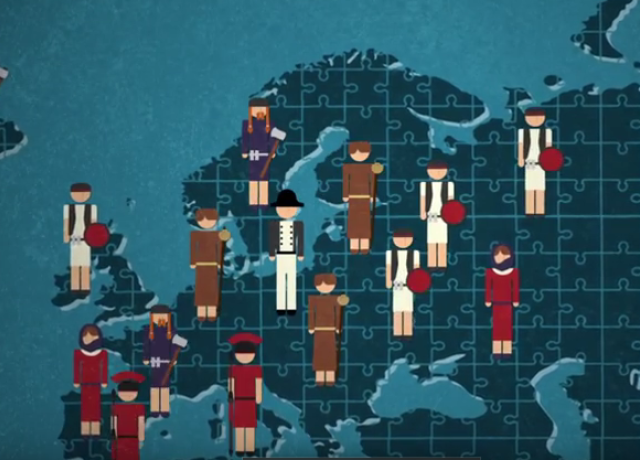Council of Europe Launches Cultural Routes Video
Council of Europe Launches Cultural Routes Video
Launched in 1987 by the Council of Europe, The Cultural Routes of the Council of Europe programme explores historic movements of the European nations that today represent significant part of the shared European heritage. Recognized as emblematic of European unity and shared history, 33 routes are incorporated in the programme thus far. Each of these routes tells a story of European culture and tradition, connecting many nations, geographical regions and historic persons within their shared history.
The Cultural Routes of the Council of Europe programme is therefore a unique way to interpret European heritage, while also providing a way to promote historic sites and enable their sustainable development. In May 2016, the programme was presented in a form of a video that visualises the ideas behind the project and summarises its history. Highlighting how the project helps us better understand who we are and where we come from, the video encourages the exploration of the routes of our past.
<iframe width="640" height="360" src="https://www.youtube.com/embed/JFGSjvHETtk" frameborder="0" allowfullscreen></iframe>
Beyond the 33 routes certified by the Council of Europe, our continent is criss-crossed with various physical paths that speak about shared heritage and culture of European nations. These paths still hold magnificent historic monuments and invaluable stories of our past, many of which have been presented during the European Heritage Days festivities.
As of January 2016, 24 countries are members of the Enlarged Partial Agreement (EPA) whose goal is to enhance cultural collaboration and sustainable territorial development of sites and regions that promote shared European heritage. The initiative welcomes new projects to define additional themes representative of European values and get certified as a European cultural route. Currently, five interesting international projects are candidates for the expansion of the programme and a richer offer for heritage explorers in future.
Resources:
http://www.coe.int/t/dg4/cultureheritage/culture/Routes/Default_en.asp
